Certificate Services:
Weekly Market Update.
At Ecovantage, we consistently analyse market activity, creation metrics, policy changes, and consultation releases in conjunction with wider landscape activity.
Sign up below to receive Market Updates and spot prices delivered to your inbox every Friday.
Weekly Market Update | 12 July 2024
LGC: LGCs continued to rise this week with CAL24 and CAL26 vintage both trading in volume throughout the week.
ACCU: Spot Generic and HIR ACCUS saw a modest increase in the market as parcels of 10k-35k were traded through the week.
PRC: PRCs ended the week softening gently after hitting a high of $1.84 on Tuesday. PRCs have been largely stable the last 30 days as speculation over future creation continues as the market analyses the future creation possibilities set in the latest Rule change. Batteries in particular sit as a key focus of the program with the technology set to be one of the first stand alone certificate creating activities under the PDRS.
See below for pricing updates for each certificate.
VEEC: This week saw VEECs begin to recover from June’s market dip as the market realises there is no future surge of creation in sight. Some market participants had hoped to see creation increases on the back of new methods such as the proposed refrigerated cabinets activity re-release, however these hopes were largely shattered as it was announced that VEECs for plug-in options would not recommence on 1 July as planned. This, combined with the further market contractions that resulted in the number of VEECs created last week being a 54% reduction to those created the last week in June, has aided the market recovery seen this week.
STC: The STC market this week saw largely stable prices and consistent trading occur as the Federal Clearing House fluctuated from surplus to deficit throughout the week.
ESC: ESCs again hit record lows in NSW as the market continued to over-create in relation to the required annual targets. All eyes are watching the next 6 months of the year to see how the newly introduced rule changes within the ESS and PDRS affect the market.
As Australia’s largest Accredited Certificate Provider (ACP), Ecovantage maintains strong market analytics to keep our partners and clients on top of the certificate market. Below is the current spot price tracking and price charts across the federal and state energy certificates.
Pricing and summary is accurate as of the time of publishing. Pricing and charts are automatically generated daily.
Ecovantage is not liable for any errors or changes in the figures provided.
Victorian Energy Upgrades Program.
Victorian Energy Efficiency Certificates (VEECs)
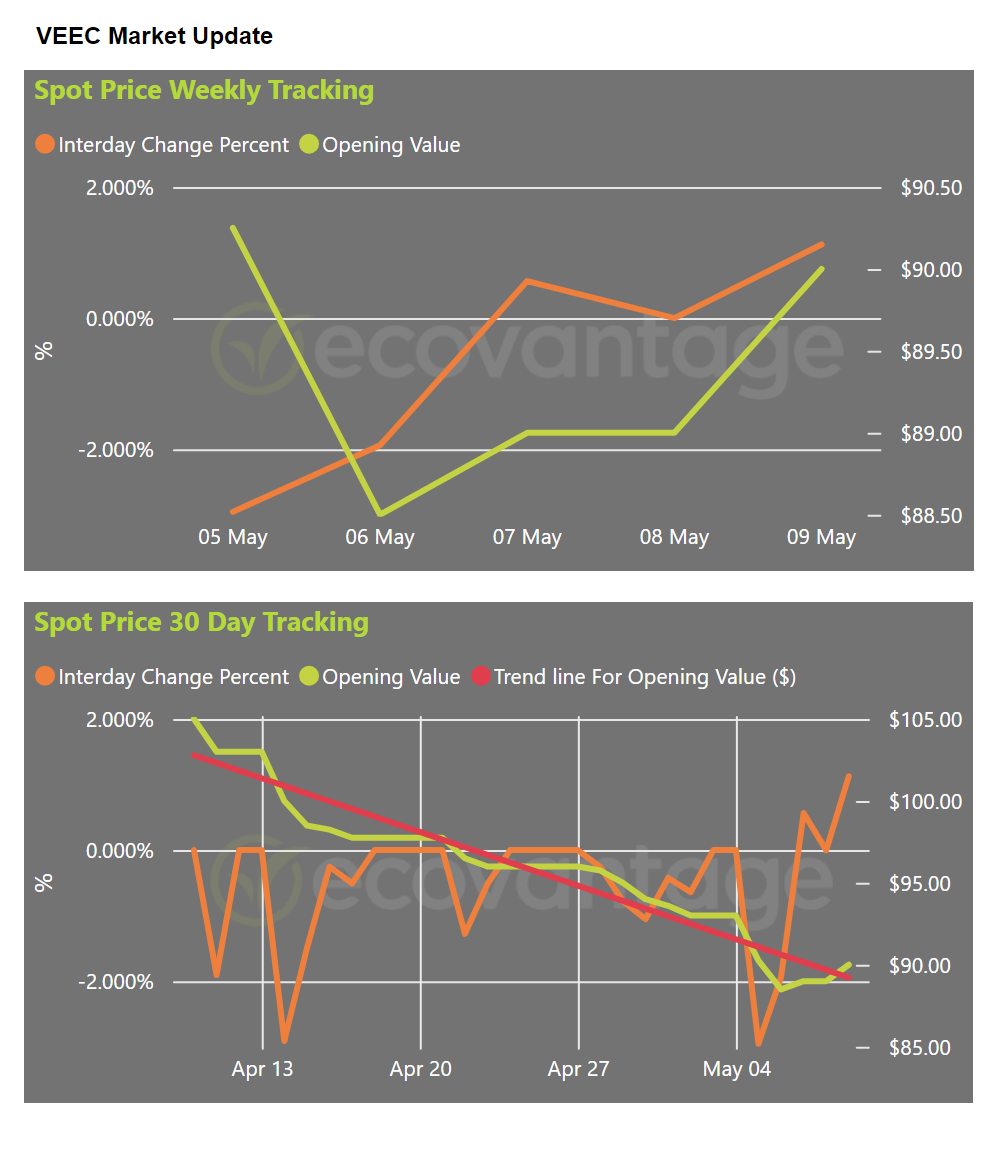



Victorian Energy Upgrades Program (VEU)
Victorian Energy Efficiency Certificates (VEECs) are credits issued under the Victorian Energy Energy Efficiency Target (VEET) scheme for eligible energy upgrades, from large commercial and industrial sites down to individual homes. The quantity of VEECs issued is based on the amount of calculated greenhouse gas emissions avoided through the upgrade.
Learn More About VEECsFederal Renewable Energy Target.
Small-Scale Technology Certificates (STCs)
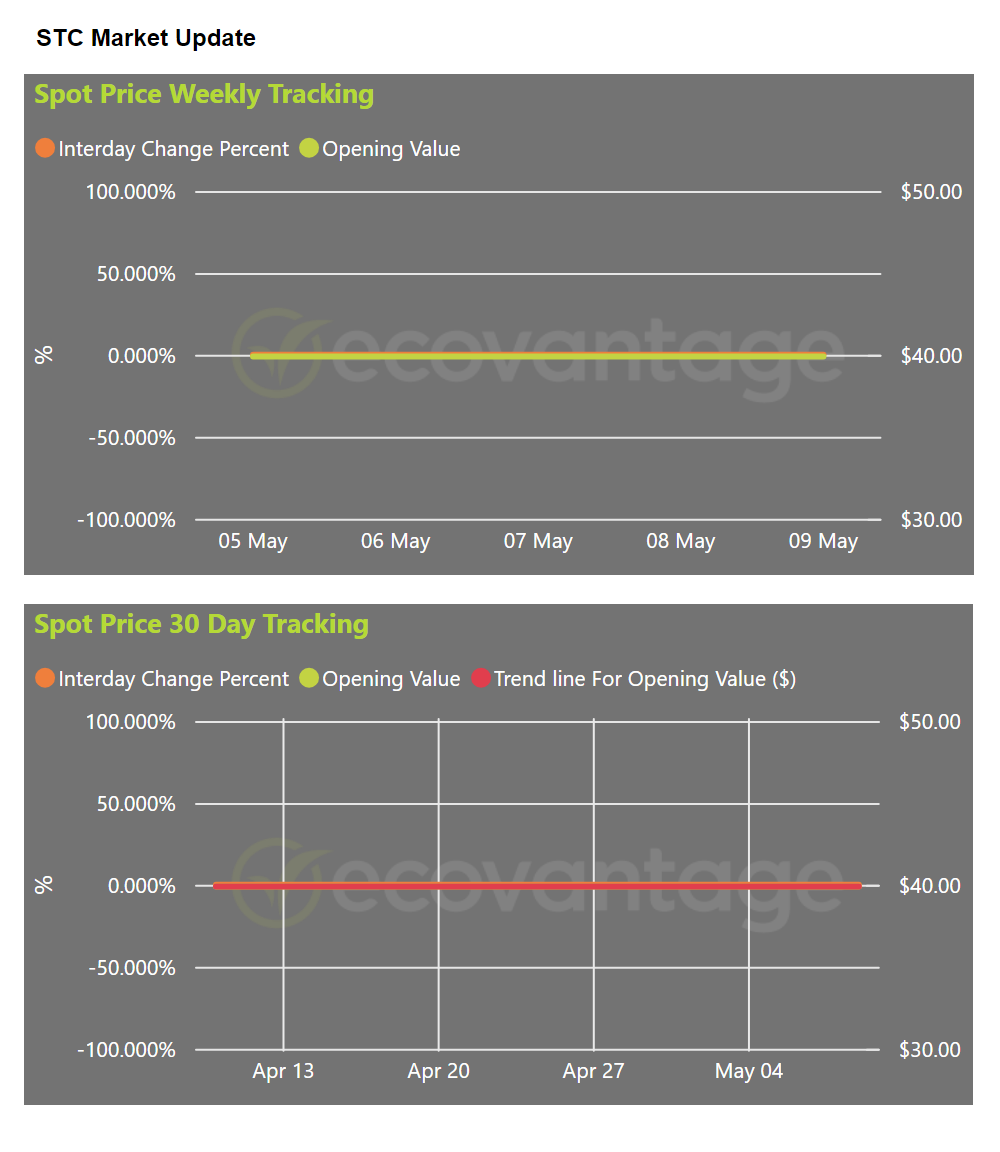



Federal Renewable Energy Target (RET)
Small-scale Technology Certificates (STCs) are a tradeable certificate in Australia’s renewable energy market. They are part of the federal government’s Renewable Energy Target (RET) scheme, which aims to promote the uptake of renewable energy sources.
1 STC = 1 MWh of calculated electricity either generated by a renewable energy source or displaced by the installed system.
The quantity of STCs is calculated based on the location of the system, the electricity generated or displaced, and the years left in the scheme until it ends in 2030.
Learn More About STCsNSW Energy Savings Scheme.
Energy Savings Certificates (ESCs).
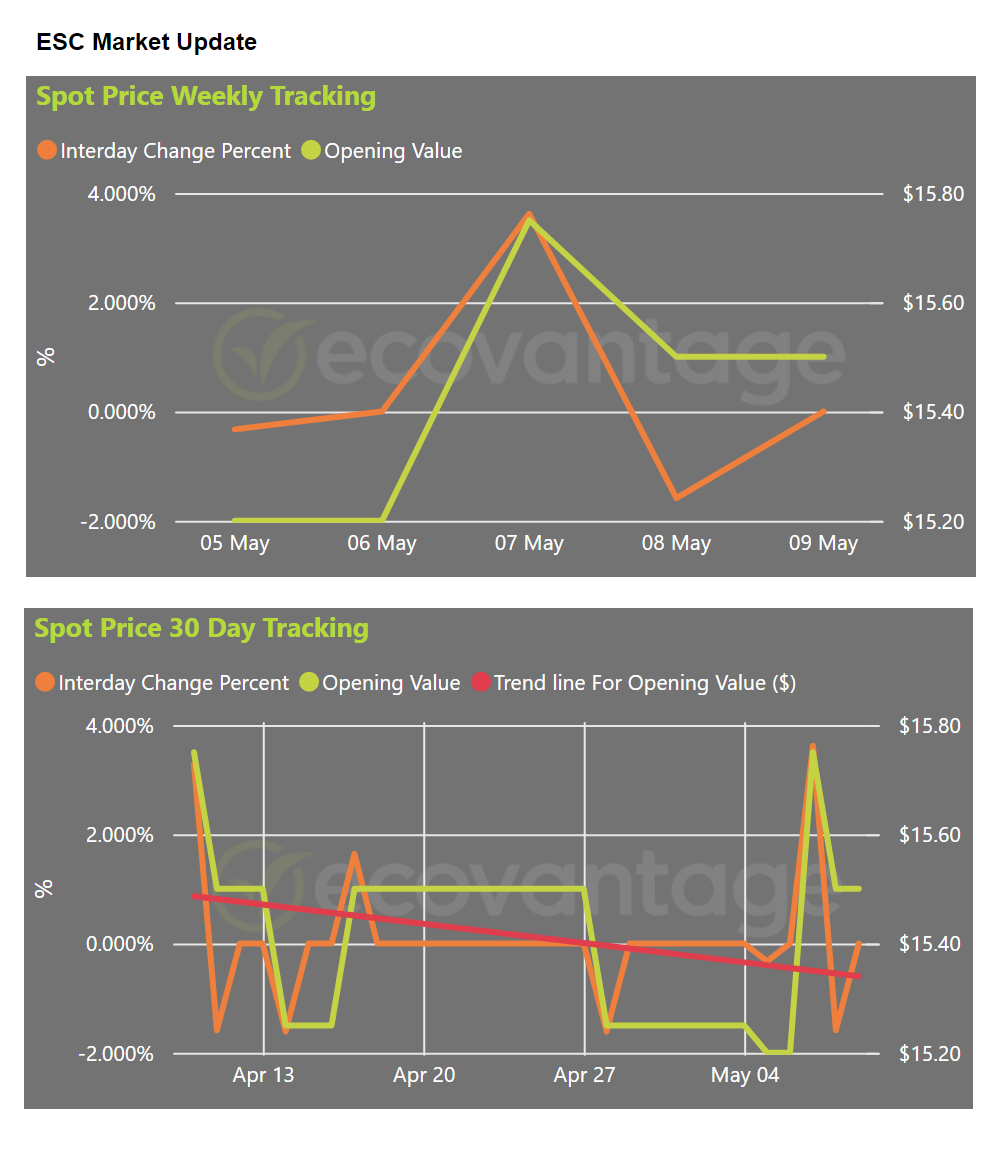



NSW Energy Savings Scheme (ESS)
Energy Savings Certificates (ESCs) are a tradable certificate issued for electricity, gas, and other energy savings that result from a technology upgrade or modification.
ESCs are created under the New South Wales Government’s Energy Savings Scheme (ESS) and are available only to projects within the state. ESCs are used as a market-based mechanism to increase the implementation of energy efficiency measures, and are able to be created for projects within large industrial sites down, all the way down to residential properties.
Learn More About ESCsFederal Renewable Energy Target.
Large-Scale Generation Certificates (LGCs)
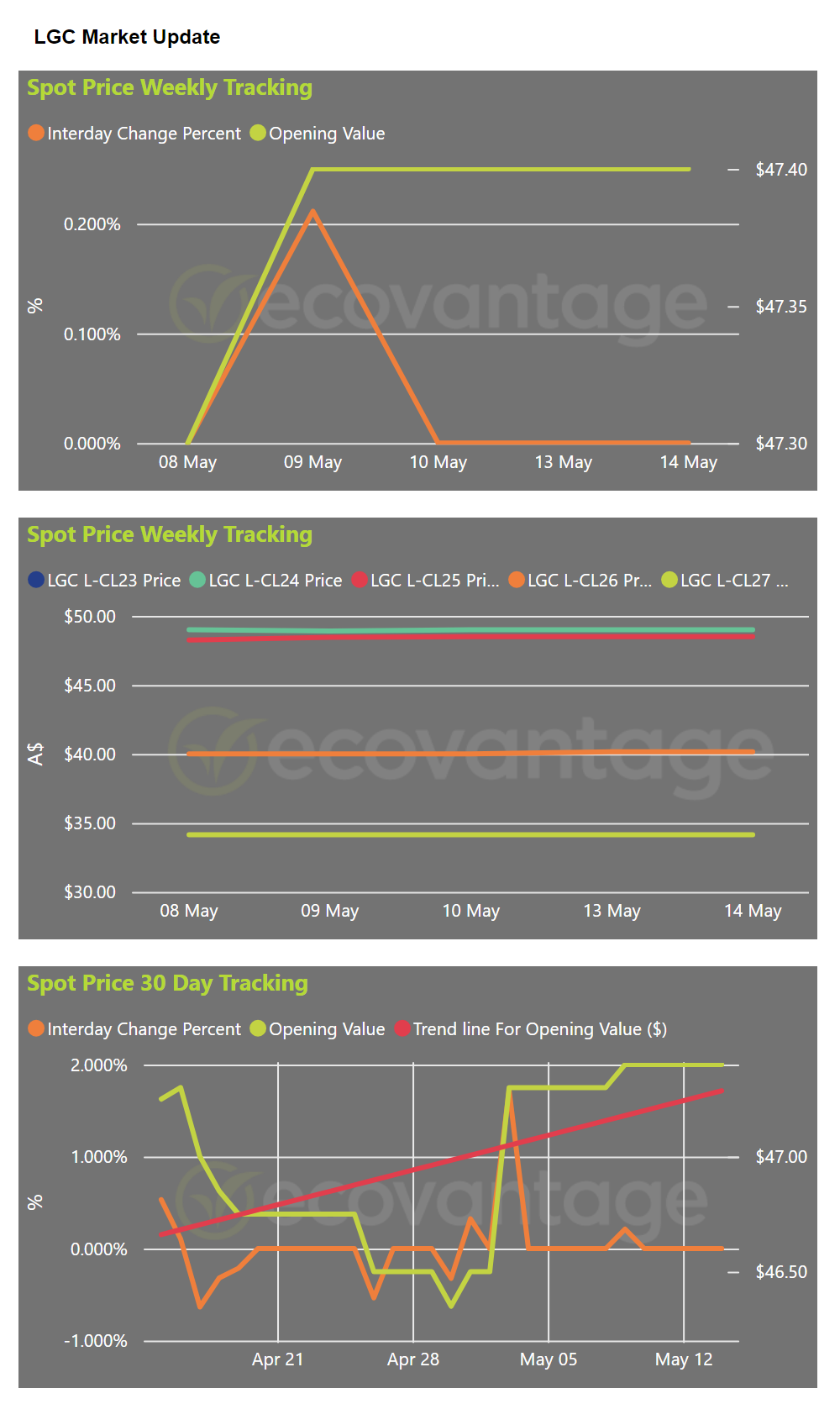

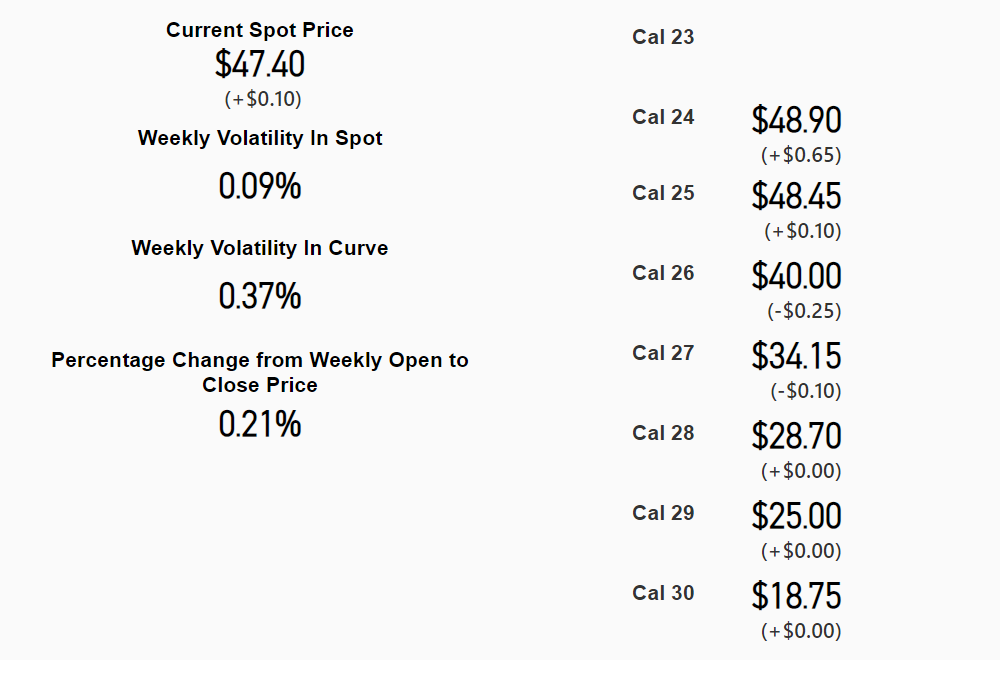

Federal Renewable Energy Target (RET)
Large-Scale Generation Certificates (LGCs) are created to quantify renewable energy that has been generated through solar, wind, hydro, and biomass projects. This is done under the Renewable Energy Target, known as the RET.
Each LGC represents one megawatt hour of renewable energy, and one LGC may be created for each MWh of actual energy generated by the project.
These LGCs act like a stock that can be traded to gain a financial benefit, or surrendered to claim the renewable energy benefit.
Learn More About LGCsFederal Emissions Reduction Fund.
Australian Carbon Credit Units (ACCUs)
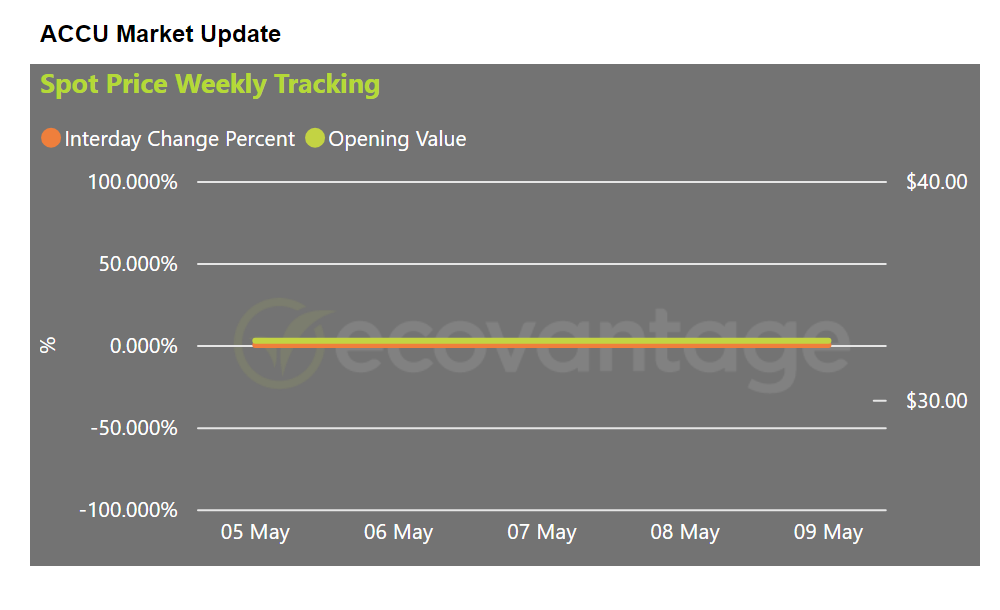

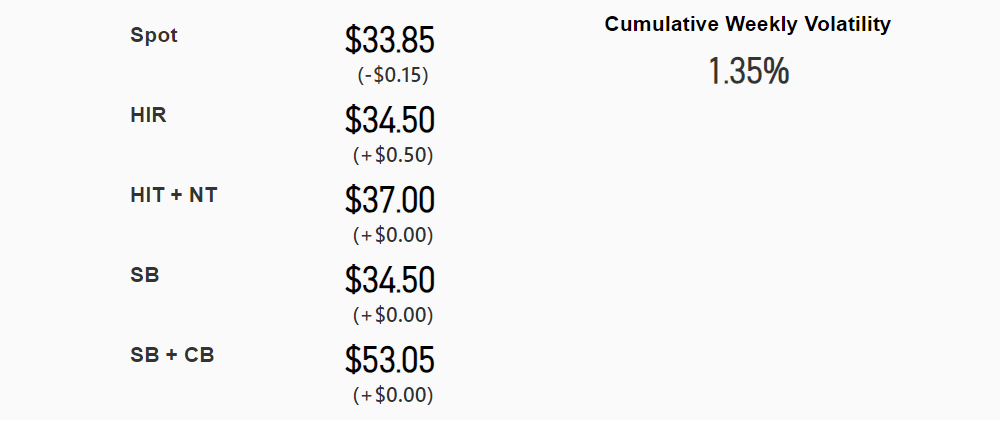

EE (Energy Efficiency) | HIR (Human Induced Regeneration) | NT (Native Title) | SB (Savanna Burning) | CB (Co-Benefits) | ICB (Indigenous Co-Benefits)
Federal Emissions Reduction Fund (ERF)
Australian Carbon Credit Units (ACCUs) are an Australian based carbon credit that can be created as a result of activities that avoid or remove greenhouse gas emissions.
Each ACCU is representative of one tonne of carbon dioxide having been removed, or avoided, by the eligible activity.
Learn More About ACCUsPeak Demand Reduction Scheme.
Peak Reduction Certificates (PRCs)
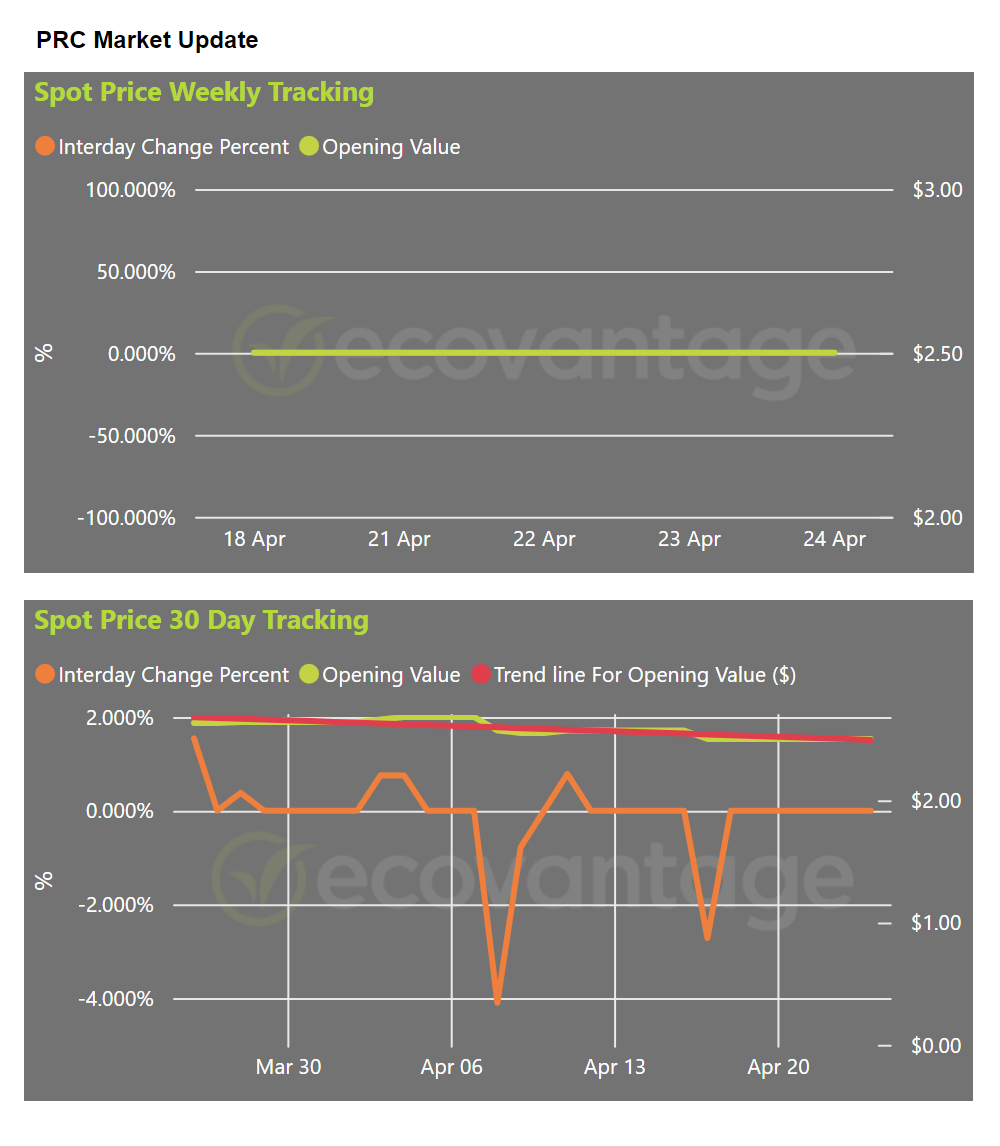



Peak Demand Reduction Scheme (PDRS)
Peak Reduction Certificates (PRCs) are tradable certificates under the NSW Government’s Peak Demand Reduction Scheme (PDRS).
1 PRC represents 0.1 kilowatts of peak demand reduction capacity averaged over one hour during the peak summer period.
This aims to encourage peak energy use reduction within peak demand times, to reduce pressure on the electricity grid and in turn reduce energy prices.
Learn More About PRCsReceive weekly market updates and up-to-date spot prices delivered to your inbox every Friday.
What Organisations do with Certificates.
Once generated through an eligible energy saving project, certificates are sold or traded to liable entities, such as energy retailers.
Sold certificates are generally used to reduce the upfront investment cost of an energy efficiency project.
Don’t want to watch? Read the transcript here.
Australia’s Most Versatile ACP.
Ecovantage specialises in creating, trading, and supplying all energy certificates, including VEECs. We assist you in balancing the financial and environmental scales for each project.
Ecovantage provides an end-to-end service, from site audits and project management, through to generation and monetisation of the created certificates.
The treatment of certificates is based on the financial and carbon goals of each organisation. The options available are presented with their relevant outcomes on both fronts, to ensure your decision is an informed one. Ecovantage generates and trades certificates as an authorised provider through the Independent Pricing and Regulatory Tribunal (IPART).
Australian Certificate Attributes and Recognition
| Certificate | Classification | Representative Of | Attribute Recognised by External Programs? | Purpose |
| ACCU | Carbon Credit | 1 Tonne of CO2-e | Carbon | Recognise and Measure Carbon Abatement |
| LGC | Renewable Energy Certificate | 1 MWh of Renewable Generation | Renewable Energy | Recognise and Measure Renewable Generation |
| STC | White Certificate | 1 Calculated MWh of Renewable Generation | None | Create a Financial Incentive for Small-Scale Renewable Generation |
| VEEC | White Certificate | 1 Calculated Tonne of CO2-e | None | Create a Financial Incentive for Energy Efficiency Upgrades |
| ESC | White Certificate | 1 Nominal MWh | None | Create a Financial Incentive for Energy Efficiency Upgrades |
| PRC | White Certificate | 0.1kW of Peak Demand Reduced | None | Create a Financial Incentive for Peak Demand Reduction |
| REPS | White Certificate | 1 Calculated GJ | None | Create a Financial Incentive for Energy Efficiency Upgrades |
White certificates = STCs, ESCs, VEECs & REPs
| Program | ACCUs | LGCs | White Certificates |
| RE100 | |||
| Climate Active | |||
|
|
|||
| GreenPower | |||
| NABERS | |||
| Green Building Council of Australia | |||
| Greenhouse Gas Protocol |

 Victoria
Victoria





